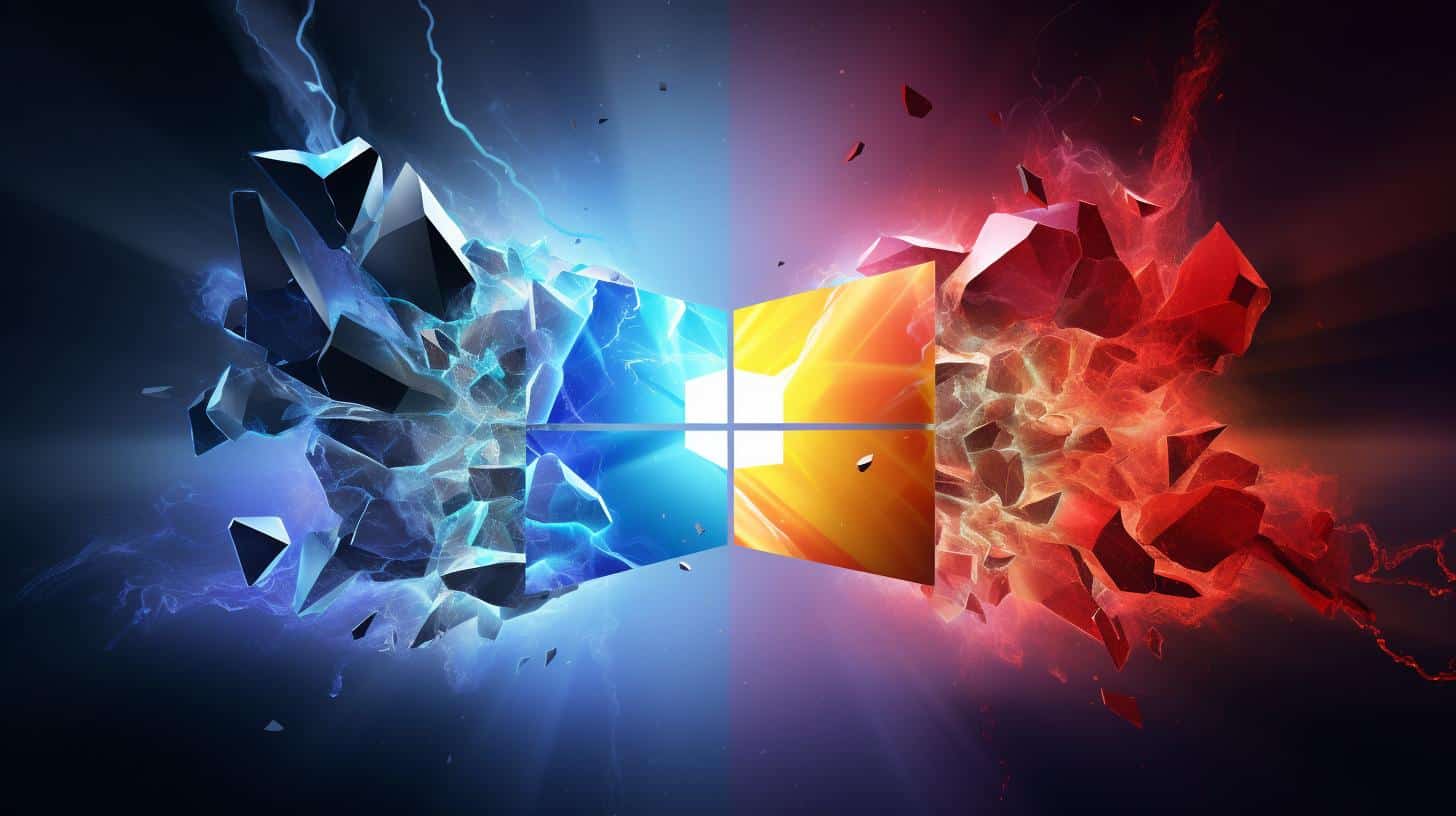The rivalry between Microsoft Windows and macOS, the two most popular operating systems, has been ongoing for decades. Both have their loyal fan base and unique features that make them attractive to users. In this article, we will analyze the strengths, weaknesses, opportunities, and threats (SWOT) for both Microsoft Windows and macOS, providing a comprehensive comparison of these operating systems.
The Strengths of Microsoft Windows and macOS
Microsoft Windows: One of the key strengths of Windows is its widespread popularity. It is used by millions of people worldwide, making it highly compatible with various applications, software, and hardware. Windows also offers a wide range of customization options, allowing users to personalize their experience. Additionally, Microsoft provides regular updates and support, ensuring the security and stability of the operating system.
macOS: macOS, the operating system powering Apple’s Mac computers, is known for its sleek design and user-friendly interface. It seamlessly integrates with other Apple devices, providing a seamless ecosystem for users. macOS also excels in terms of performance and stability, offering optimized hardware and software integration. Furthermore, macOS is highly regarded for its security features, protecting users from various threats.
The Weaknesses of Microsoft Windows and macOS
Microsoft Windows: Windows has been criticized for its susceptibility to viruses and malware. Despite efforts to enhance security measures, Windows remains a target for cybercriminals due to its large user base. Another weakness of Windows is its occasional compatibility issues with certain software or hardware configurations, requiring additional troubleshooting. Additionally, Windows updates sometimes result in system slowdowns or compatibility problems.
macOS: The main weakness of macOS is its limited availability. It can only be installed on Apple computers, limiting the choices for users. This exclusivity comes with a higher price tag, making macOS devices more expensive compared to their Windows counterparts. Another downside is the restricted gaming options on macOS, as many game developers primarily focus on Windows compatibility.
The Opportunities for Microsoft Windows and macOS
Microsoft Windows: Windows has the opportunity to further expand its user base by tapping into emerging markets, such as developing countries or new industries. The integration of Windows with cloud services, artificial intelligence, and Internet of Things (IoT) could also open up new possibilities for enhanced productivity and user experience. Additionally, with the rise of remote work, Windows has the opportunity to cater to the growing demand for secure and efficient remote collaboration tools.
macOS: macOS has the opportunity to leverage the strong brand image of Apple and its loyal customer base. Apple’s focus on privacy and data security aligns with the increasing concerns of users, providing an opportunity for macOS to attract users seeking a secure computing environment. Furthermore, as Apple expands its services ecosystem, such as Apple Music and Apple TV+, macOS can benefit from the seamless integration of these services within the operating system.
The Threats to Microsoft Windows and macOS
Microsoft Windows: One of the major threats to Windows is the increasing popularity of mobile operating systems, such as Android and iOS. As more users rely on smartphones and tablets for their computing needs, the demand for traditional desktop operating systems like Windows could decline. Additionally, the growing trend of open-source software poses a threat to Windows, as users may opt for free alternatives that offer similar functionality.
macOS: The primary threat to macOS is the dominance of Microsoft Windows in the business and gaming sectors. Many businesses and game developers prioritize Windows compatibility due to its widespread use and larger user base. This can limit the adoption of macOS in these industries. Moreover, as the technology landscape evolves, there is a constant need for software and hardware compatibility, which could pose a challenge for macOS.
A SWOT Comparison of Microsoft Windows and macOS
In summary, Microsoft Windows and macOS have their distinct strengths and weaknesses. Windows benefits from its widespread popularity, customization options, and compatibility, while macOS excels in design, integration with Apple devices, and security. Both operating systems have opportunities to explore, such as expanding into new markets and leveraging their respective brand strengths. However, they also face threats, from the rise of mobile operating systems to the dominance of Windows in certain industries. Ultimately, the choice between Windows and macOS depends on individual preferences, professional requirements, and the ecosystem one is already invested in.













